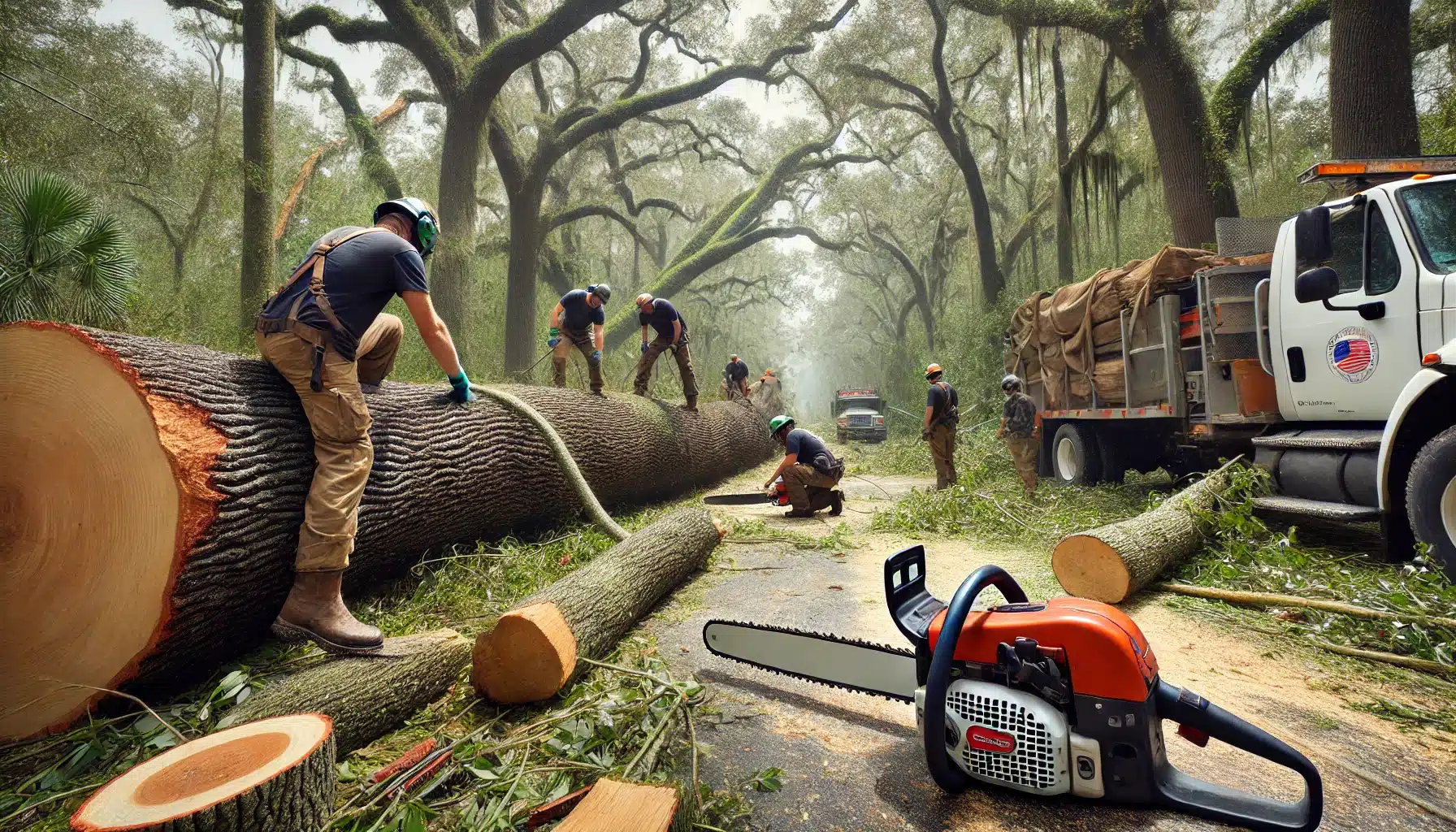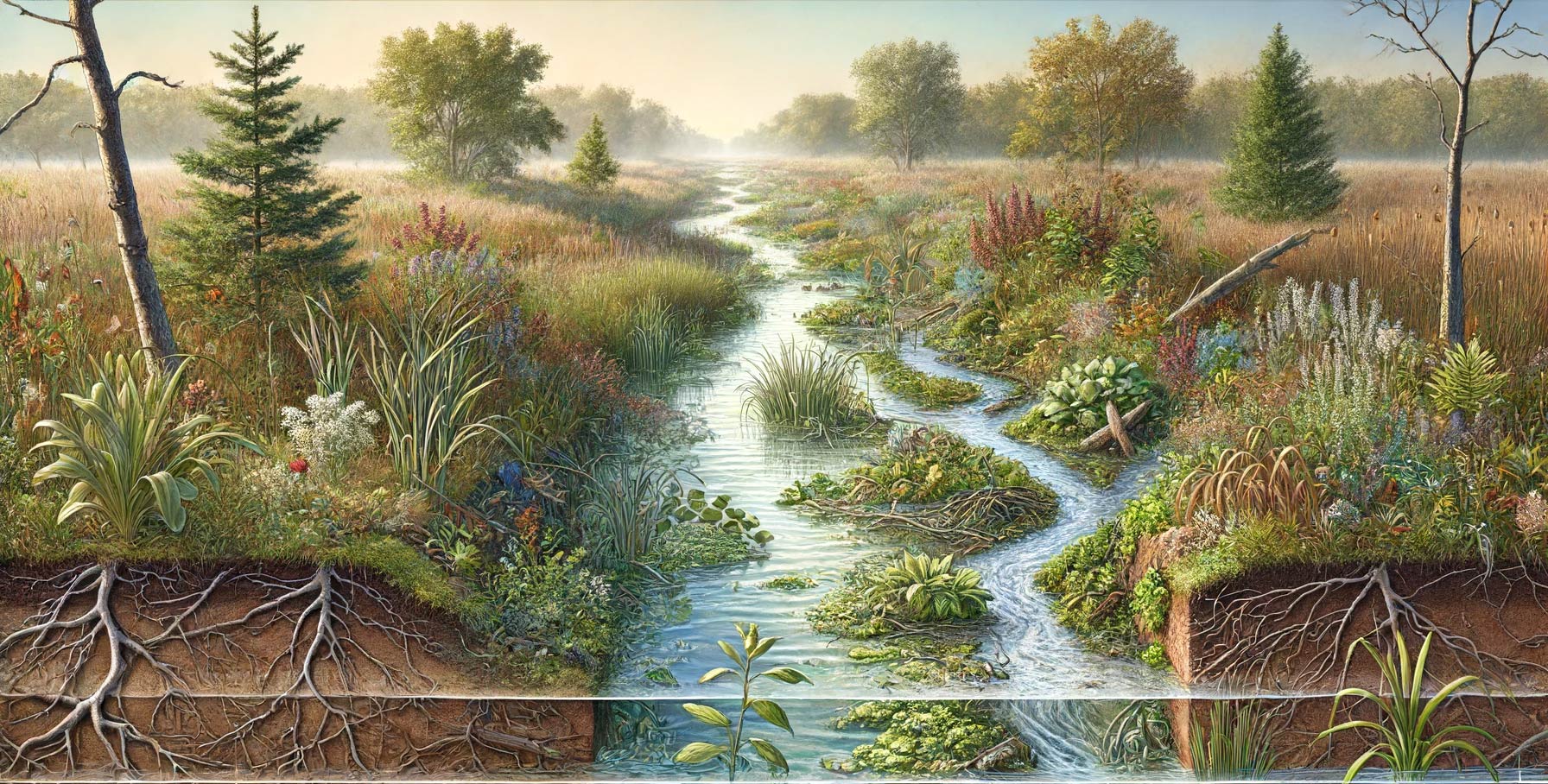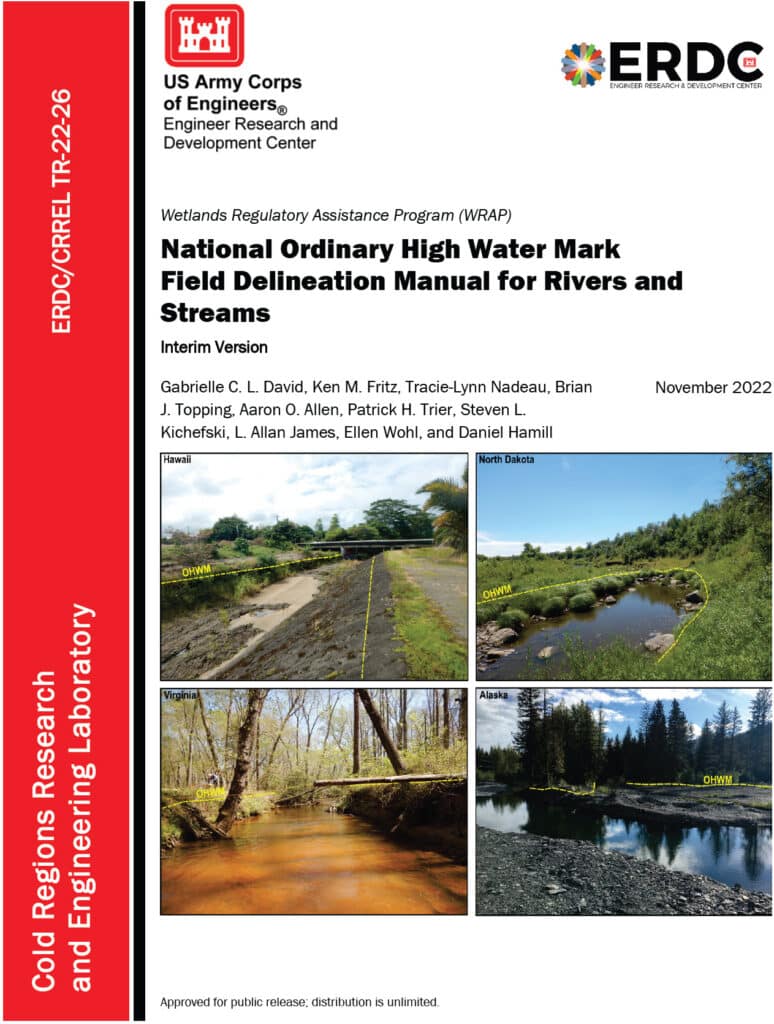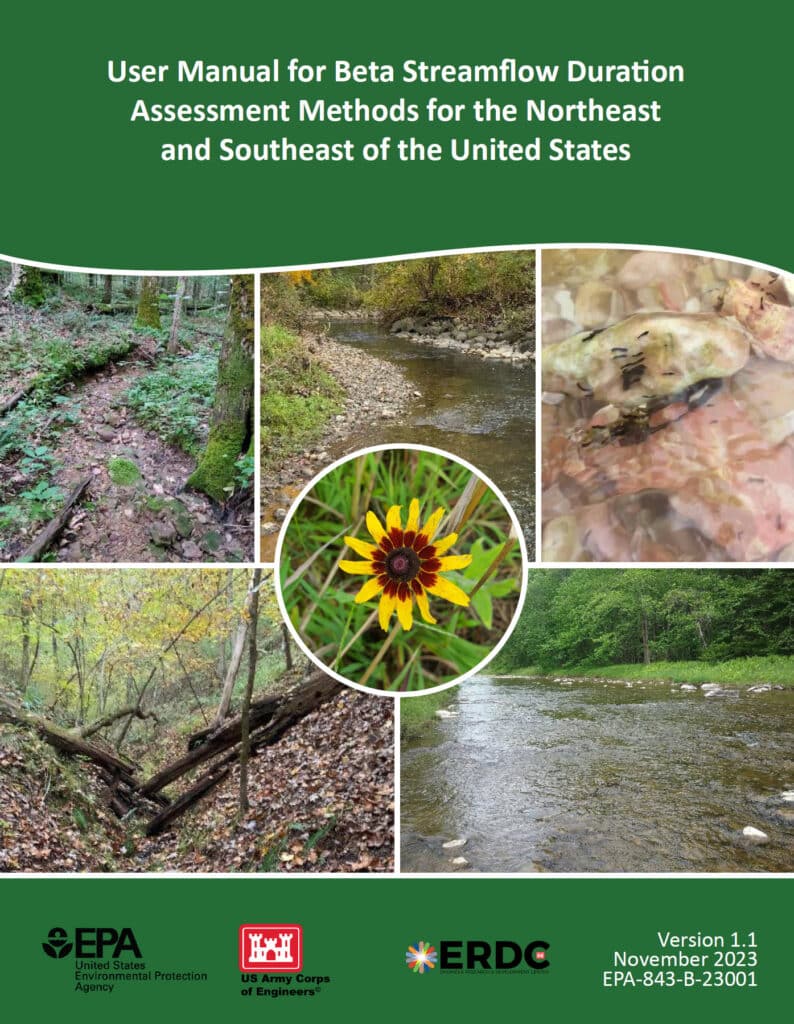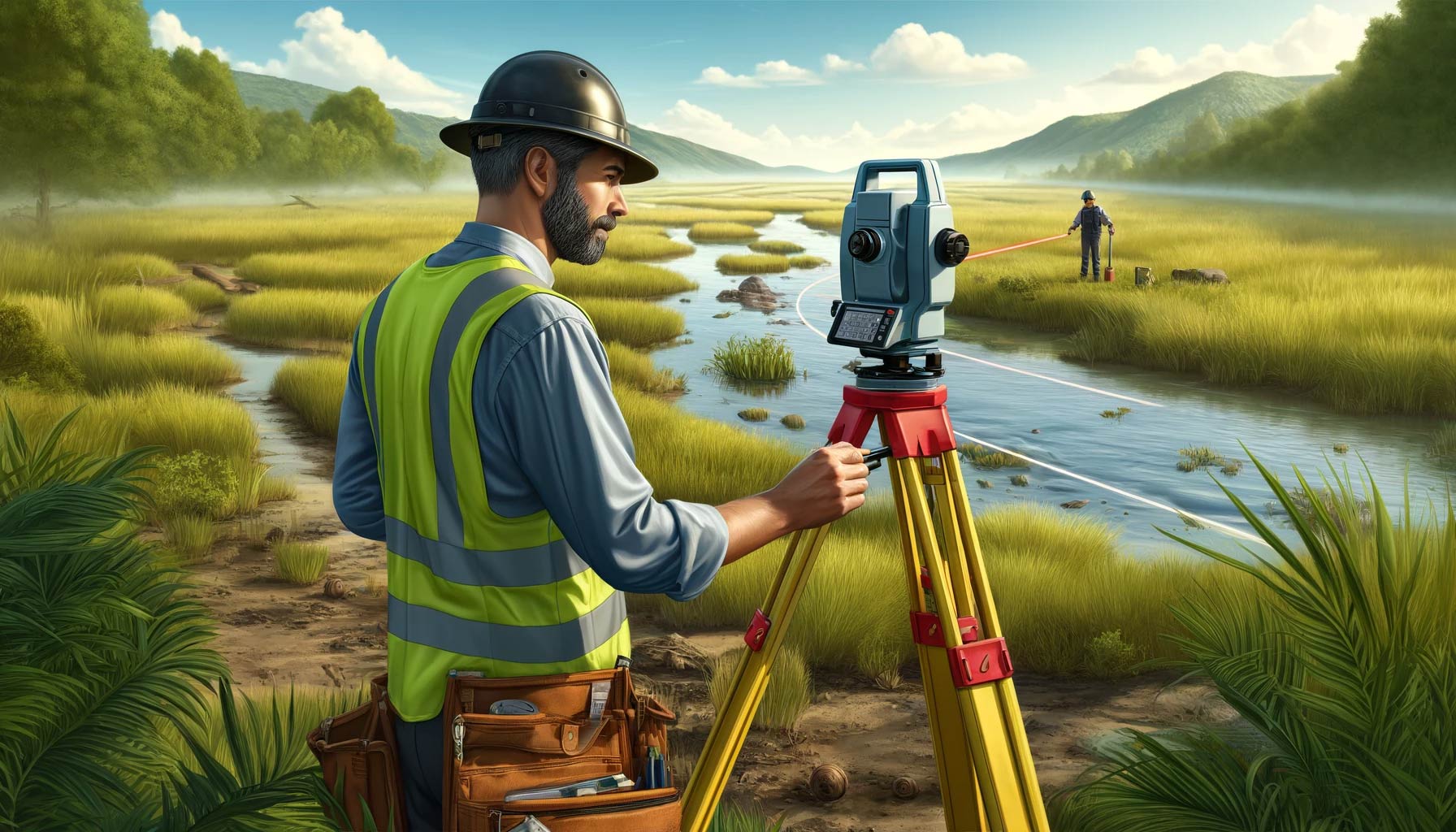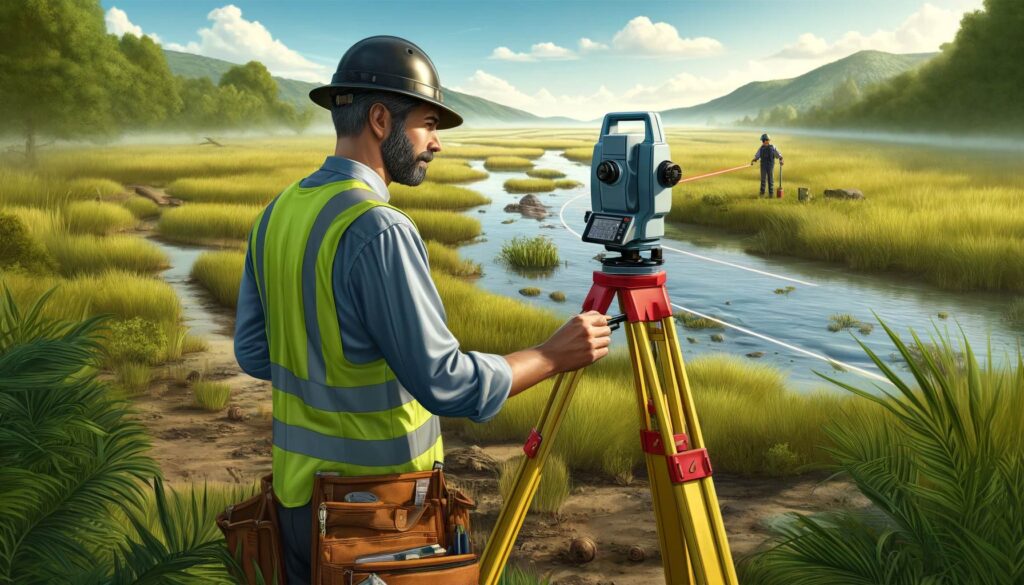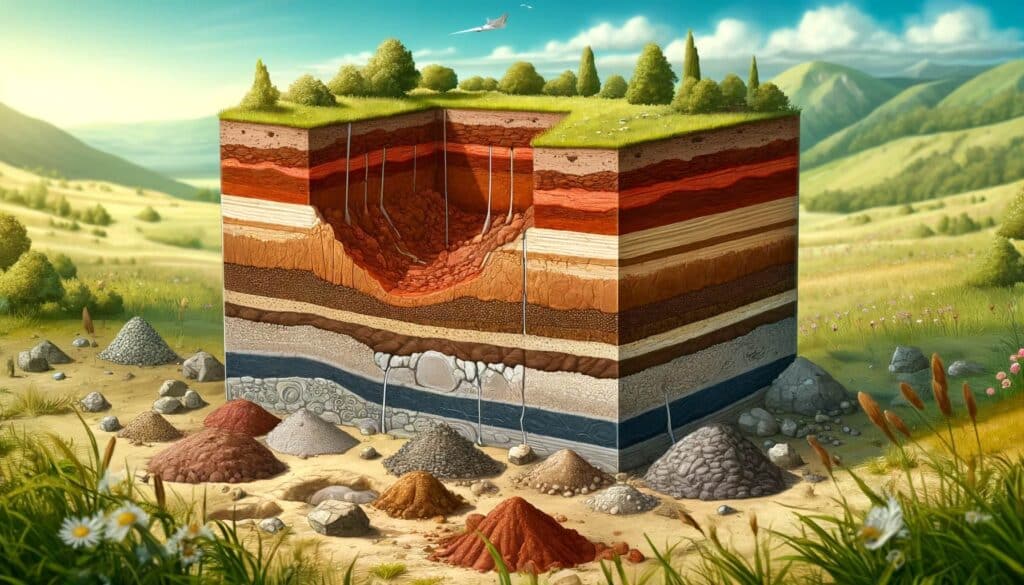
The recent decision by the U.S. Supreme Court to overturn the Chevron doctrine marks a significant shift in administrative law, with profound implications for environmental regulation. This landmark ruling will notably impact the workload of environmental consultants, who will find themselves at the forefront of navigating the new legal landscape.
Background on the Chevron Doctrine
The Chevron doctrine, established in the 1984 case Chevron U.S.A., Inc. v. Natural Resources Defense Council, Inc., has been a foundational principle in administrative law. It mandated that courts defer to federal agencies’ interpretations of ambiguous statutes within their regulatory domain, provided those interpretations were reasonable. This deference allowed agencies like the Environmental Protection Agency (EPA) considerable leeway in enforcing complex regulations such as those under the Clean Water Act, including the contentious Waters of the United States (WOTUS) rule (Home | Holland & Knight) (Politico).
Increased Litigation and Regulatory Challenges
With the Chevron doctrine overturned, courts will no longer defer to agency interpretations of ambiguous statutes. Instead, they will exercise independent judgment. This shift is expected to trigger a wave of legal challenges against existing and new environmental regulations. Environmental consultants will play a crucial role in these legal battles, providing expert testimony, preparing detailed environmental impact assessments, and supporting legal teams in understanding and contesting regulatory interpretations (SCOTUSblog) (Politico).
The legal uncertainty following the end of Chevron deference means that many regulations previously upheld under this doctrine are now open to re-evaluation. This scenario will likely lead to an increased demand for consultants to help navigate the evolving legal landscape and ensure compliance with regulatory requirements.
Need for Detailed Compliance Analysis
Without Chevron deference, the clarity on what constitutes compliance with environmental statutes will diminish. Companies and developers will require more comprehensive and rigorous analyses to ensure they meet the new standards set by independent judicial interpretations. Environmental consultants will need to conduct detailed investigations and provide robust documentation to demonstrate compliance with environmental laws, particularly those related to water quality and land use (Politico).
For instance, WOTUS regulations, which define the scope of waters protected under the Clean Water Act, could see significant reinterpretations. Environmental consultants will need to stay abreast of these changes and provide accurate assessments to help clients navigate compliance issues.
Policy Interpretation and Guidance
Environmental consultants will be essential in interpreting new court rulings and understanding their implications for existing regulations. The overturning of Chevron deference means that regulatory guidance from agencies may no longer carry the same weight, placing greater responsibility on consultants to interpret legal requirements and advise clients accordingly (SCOTUSblog).
This role will involve staying updated on the latest legal developments and providing clients with clear, actionable insights on how changes in the law affect their operations. Consultants will need to be adept at translating complex legal decisions into practical compliance strategies for their clients.
Updating Environmental Management Practices
Organizations will need to update their environmental management practices to align with the new legal landscape. This process involves revising standard operating procedures, training staff on new compliance requirements, and ensuring all practices meet the latest interpretations of environmental laws. Environmental consultants will be instrumental in guiding organizations through these updates, ensuring that all aspects of their operations are compliant with the new regulatory environment (Home | Holland & Knight) (Politico).
The Supreme Court’s decision may lead to more stringent judicial scrutiny of agency regulations, requiring consultants to provide more detailed and scientifically robust analyses to support compliance efforts. This increased scrutiny will necessitate higher standards of environmental documentation and reporting.
Permitting and Project Delays
The process for obtaining environmental permits is likely to become more complex and time-consuming. Without the deference previously afforded under Chevron, agencies may face more challenges in implementing and defending their regulatory decisions. This complexity will extend to the permitting process, where more rigorous and detailed applications will be required. Environmental consultants will be essential in navigating these processes, ensuring that all necessary documentation and environmental impact analyses are thorough and meet the new legal standards (Home | Holland & Knight) (Politico).
In summary, the Supreme Court’s decision to overturn the Chevron doctrine represents a significant shift in administrative law that will substantially increase the workload for environmental consultants. They will be required to provide more detailed compliance analysis, interpret new legal standards, update environmental management practices, and navigate a more complex permitting process. As the legal landscape evolves, the expertise and guidance of environmental consultants will be more critical than ever in ensuring that organizations remain compliant with environmental regulations.
